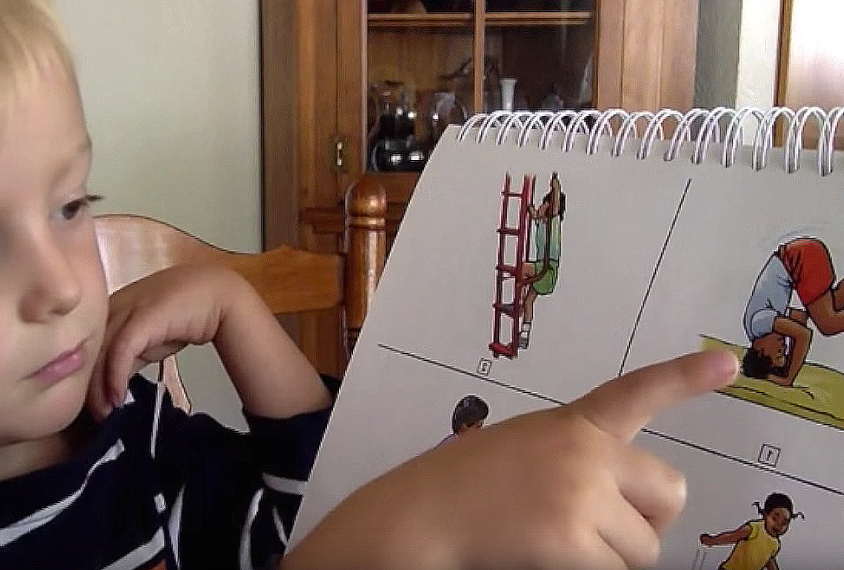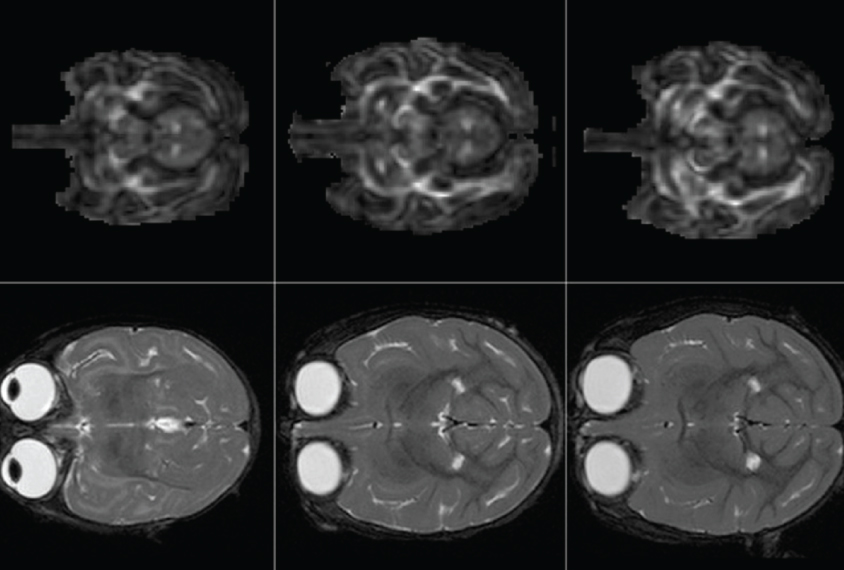Elizabeth Preston is a science writer and editor in the Boston area. She has written for The Atlantic, Wired, Jezebel and the Boston Globe, among other publications. Her blog, Inkfish, is published by Discover.

Elizabeth Preston
From this contributor
Test paints quick picture of intelligence in autism
A picture-based test is a fast and flexible way to assess intelligence in large studies of people with autism.

Test paints quick picture of intelligence in autism
New atlases chart early brain growth in monkeys
A collection of brain scans from monkeys aged 2 weeks to 12 months reveals how their brain structures and nerve tracts develop over time.

New atlases chart early brain growth in monkeys
Work in progress: An inside look at autism’s job boom
Splashy corporate initiatives aim to hire people with autism, but finding and keeping work is still a struggle for those on the spectrum. Can virtual avatars and for-profit startups help?

Work in progress: An inside look at autism’s job boom
Explore more from The Transmitter
The Transmitter’s most-read neuroscience book excerpts of 2025
Books by Nachum Ulanovsky, Nicole Rust, and Andrew Iwaniuk and Georg Striedter made the list of some of the year's most engaging neuroscience titles.

The Transmitter’s most-read neuroscience book excerpts of 2025
Books by Nachum Ulanovsky, Nicole Rust, and Andrew Iwaniuk and Georg Striedter made the list of some of the year's most engaging neuroscience titles.
Neuroscience’s leaders, legacies and rising stars of 2025
Here are seven stories from the past year about some of the field’s most engaging figures.

Neuroscience’s leaders, legacies and rising stars of 2025
Here are seven stories from the past year about some of the field’s most engaging figures.
The Transmitter’s top news articles of 2025
Check out some of our most-read stories, covering neuroscience funding and policy changes in the United States, and methodological issues in high-profile neuroscience papers.

The Transmitter’s top news articles of 2025
Check out some of our most-read stories, covering neuroscience funding and policy changes in the United States, and methodological issues in high-profile neuroscience papers.